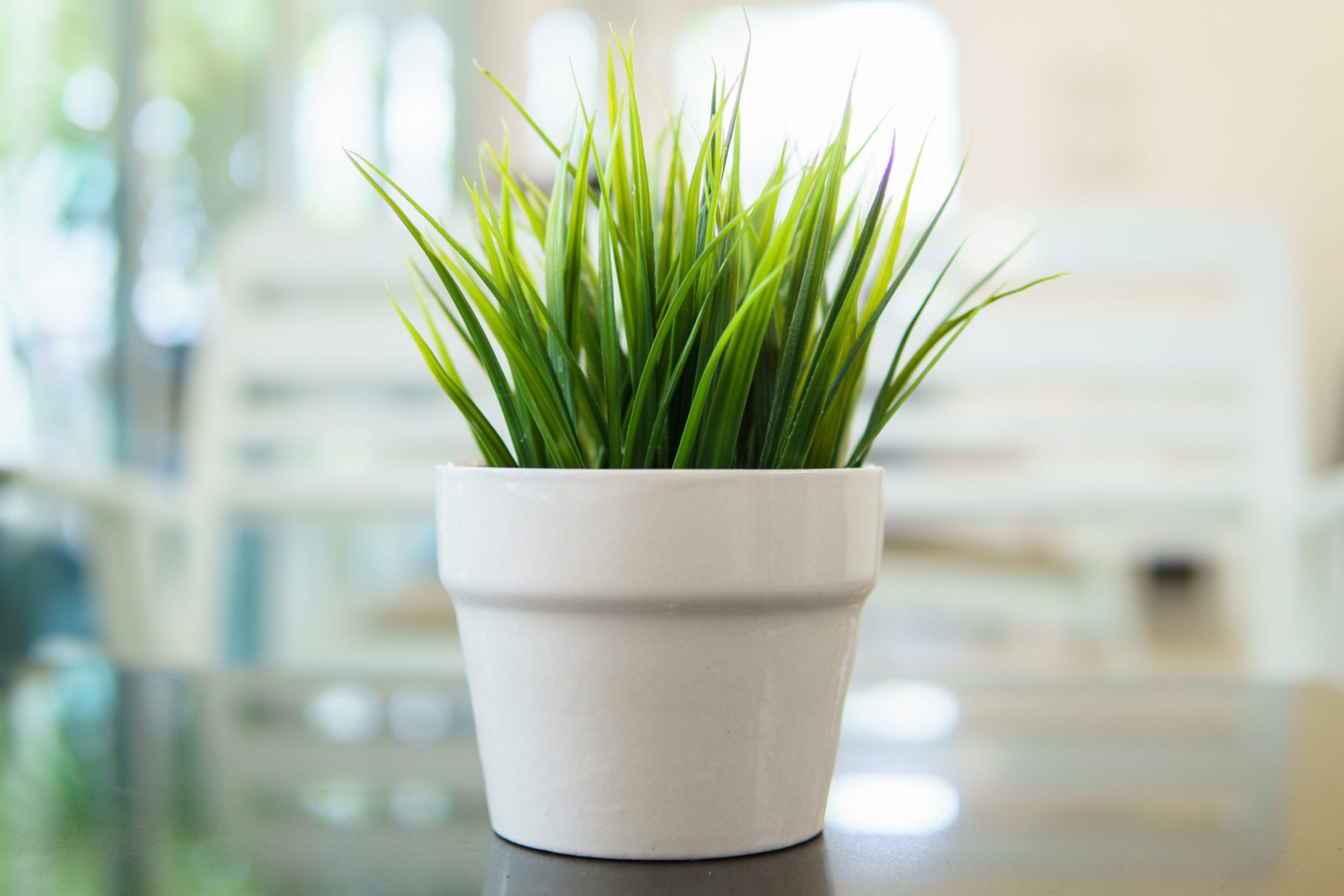If you’re like a lot of other Americans, you’re spending a significant amount of time indoors right now — especially if you’re working remotely. You may not have given the indoor air quality of your home much thought, but all kinds of pollutants can actually be lurking in your environment, gunking up the air and irritating your sinuses, lungs, eyes and skin. In fact, indoor air is often up to five times worse than the air you’re likely breathing outside.
That’s the bad news. The good news is that you can quickly improve the air quality inside your home with a little information and a few quick tricks.
What’s Polluting the Air Inside Your Home?
Scientists are seeing an uptick in the number of indoor air pollutants Americans have been facing, a fact that’s no-doubt related to energy-efficient buildings that seal in the air and an increasing reliance on synthetic materials and toxic chemical cleaners. While dangerous toxins like lead and asbestos are a problem for a few, the majority of homes struggle to maintain good indoor air quality simply because they’re filled with people and pets.
Dander, dust mites, mold and second-hand smoke are common household pollutants, as are allergens let in from outside, like pollen and smog. No matter how hard you clean, you can’t create a bubble that will keep air pollution entirely at bay — and every candle you light and meal you cook inside your home can add particulate matter into the air you’re trying to breathe.
What Can You Do to Improve Your Indoor Air Quality?
Over the long run, you can improve your indoor air quality by making sure that sources of pollutants are kept to a minimum. That may mean clearing up any mold problems, adding vents in the kitchen, using natural cleaning products and other efforts.
You can also quickly make the air you breathe just a little sweeter by doing the following:
1. Change your air-conditioning and heater filters.
Whether you have a central air unit or you use window units in a few rooms, your AC pumps a lot of air through its filters — and the stuff that gets filtered out can start to gather really quickly. An unclean filter doesn’t just waste your electricity and make your AC inefficient: It also stops working properly to screen out all those unpleasant, allergy-causing particulates.
Clean or change your AC filters at the beginning of the summer season, and then do it again about every 30-60 days. (If you have pets or someone in the house has allergies or pets, you may want to aim for that 30-day mark.)
When the weather turns cold again, make sure that you give the filters on your forced-air heater the same kind of attention.
2. Vacuum or wash everything made of fabric.
Any kind of fabric, whether it’s the material in your rugs or the material used in your drapes, contains tons of minuscule little threads that can catch and trap unhealthy particulates like pet dander, dust mites and mold. The best way to combat the problem is to regularly clean everything you can:
- Vacuum your area rugs and carpets every week (sooner, if you have kids or pets underfoot).
- Wash your bedding, drapes, throw pillows and cozy blankets kept on the couch regularly in water that’s at least 130 degrees Fahrenheit (so that it’s hot enough to kill any dust mites).
- Periodically wipe down your other furniture with a damp cloth, and consider the use of a dust cover for your mattresses and couch for easier cleaning.
3. Replace ordinary candles with beeswax.
Love the ambiance created by a few burning candles in the evening, but don’t love the smoke they add to your home? Well, beeswax candles may be your solution. Pure beeswax candles are long-burning and non-toxic, unlike paraffin candles — since paraffin is a by-product of petroleum and is treated with all kinds of chemicals and fragrances before being made into other products.
Beeswax candles are not only natural, renewable resources that look nice: They’re also said to produce negative ions when they burn — just like an electric air purifier. Those negative ions bind to the positively-charged particles found in harmful particulates in the air and cause them to become too heavy to remain afloat. That effectively causes those particulates to drop out of the air you’re trying to breathe and settle on the floor where they can be swept up.
4. Concentrate on balancing out the humidity.
Ever hear the phrase, “It’s not the heat, it’s the humidity” when someone is complaining about the air quality? That’s actually a pretty accurate assessment of the problem faced by a lot of people with breathing issues.
Get a dehumidifier going in the basement if it’s damp, and take the following steps to control humidity throughout the rest of the house:
- Open a window when cooking, using the dishwasher, bathing or any other activity that might put steam into the air.
- Make sure that your clothes dryer is properly vented to the outside.
- Fix any leaks around the faucets or under the sinks that could be adding moisture to your air.
- Buy a digital hygrometer to regularly check your home’s humidity.
Ideally, you want to aim for a humidity level of about 30%-50% inside for maximum “breathability” inside your home.
Getting the air inside your home to the level of clean that you want and need can take a little work, but you’ll probably find it easy to maintain once you get started. Even better: You and your family will feel healthier in no time without all those unpleasant toxins taking up space in your air and lungs!




